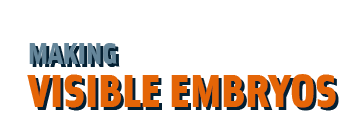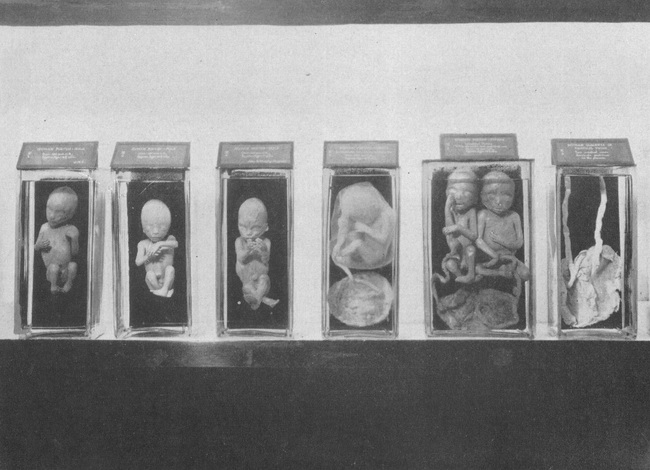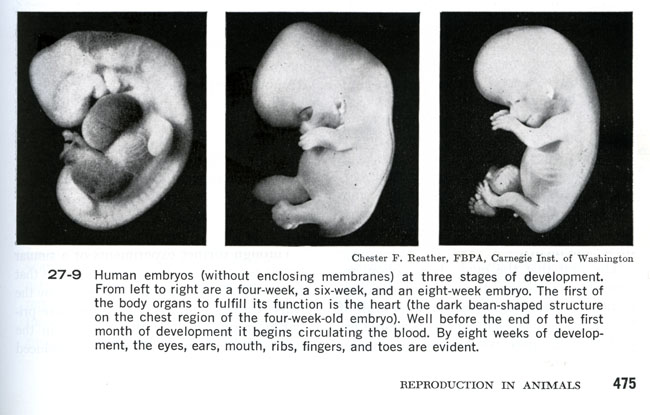Public embryology
The Carnegie Department communicated to the general public in exhibitions, lectures and plainly written news bulletins illustrated with photographs of early embryos.
In the 1930s, these displays and publications spoke the language of human breeding, or eugenics, in contrast to Mall’s earlier emphasis on the role of environment in abnormal development. Improving conditions could extend the individual life-span, but only ‘particular mating’—helped by the Eugenics Record Office, another Carnegie department—could affect the egg. Agricultural metaphors jostled with technological images: eggs were ‘like the automobile, made of materials of unequal durability, necessitating discard when much of it is still strong and intact’.
By the 1920s human embryology was communicated to laypeople on a fairly large scale, most prominently in the controversial framework of sex education. (High) schools taught some embryology, but frogspawn was more accessible and a lot safer. The crucial shift came in the 1960s, when major curriculum reform promoted the entry of human reproduction and images of human embryos into biology classrooms.
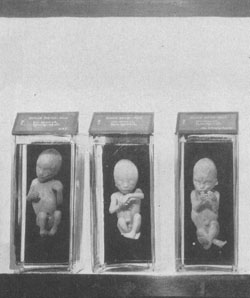
Embryos at the 1933 Chicago World’s Fair |
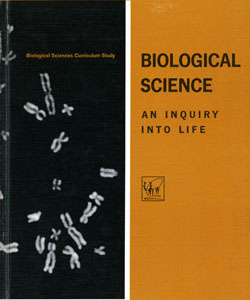
A high-school textbook containing photos of human embryos, 1963 |
